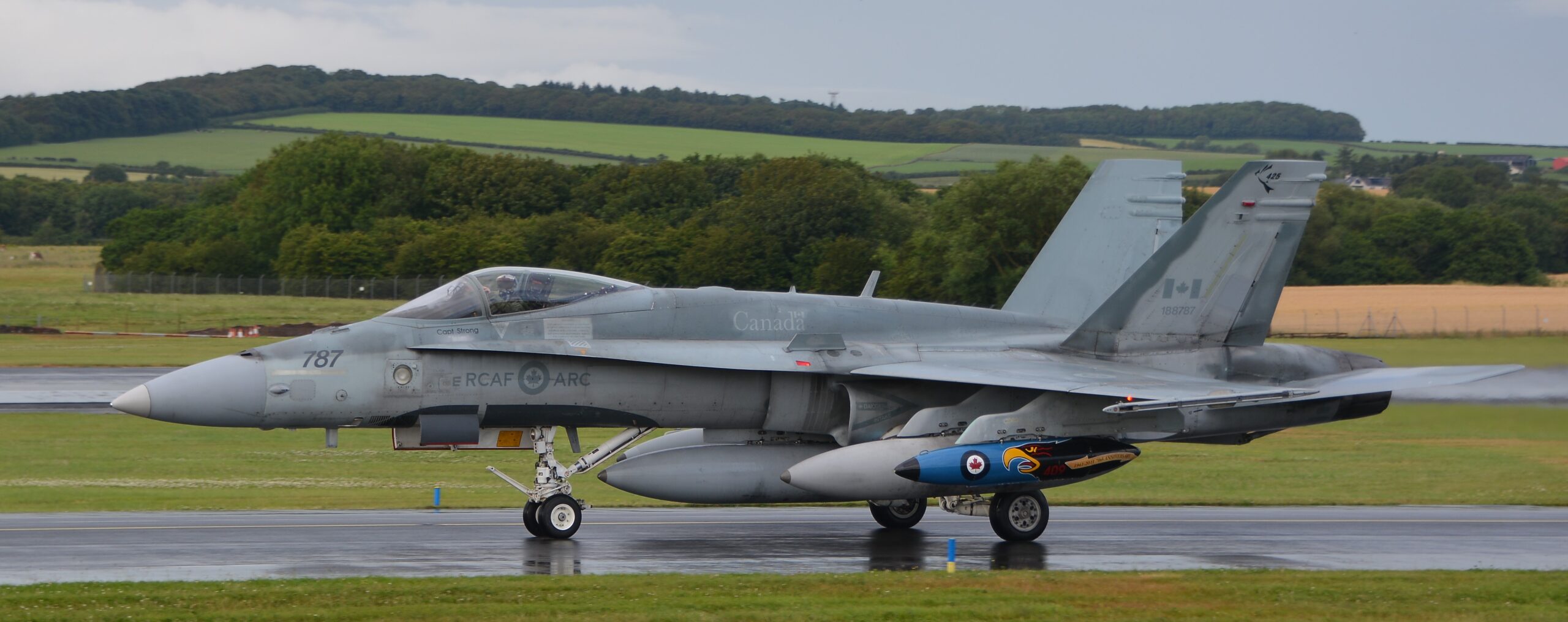
Acoustics and Security: The Hidden Challenges in Defence Projects
Canada’s Defence Policy Update ‘Our North, Strong and Free’ and the 2025 Federal Budget – Build Canada Strong have introduced a substantial mandate and investment in the modernization of Canadian Defence infrastructure, from new housing programs to upgraded training facilities and aviation projects nationwide.
As these initiatives move forward, integrating a clear acoustics, noise, and vibration strategy early in design is not just recommended, it is mission critical. The Department of National Defence carries strict performance and security requirements, including commissioning and verification testing that must be met for project approval. Planning for acoustics upfront ensures those standards are achieved without costly redesign later.
Acoustic, noise, and vibration challenges for these projects are multifaceted, and resolving each challenge is critical to achieving optimal system performance. However, these complexities are often underestimated and can exceed the capabilities of standard engineering approaches.
Aercoustics brings deep technical expertise and the necessary security clearances to support complex acoustic, noise, and vibration challenges. We’re committed to working closely with stakeholders to help advance this important wave of investment.
Understanding the Acoustic Landscape in Defence Projects
Acoustic challenges in defence infrastructure are rarely straightforward. Facilities must support varied activities and equipment while maintaining high levels of security and reliability. A thoughtful approach to acoustics helps respond to challenges such as:
Living with Aircraft Noise
Aircraft operations create sustained high-level noise and vibration that can propagate well beyond airfields. This is increasingly important as new Canadian Forces Housing Agency military residential housing projects expand across the country. Exposure to aircraft, ground testing, and blast activity noise must be considered alongside long-term livability. The health and comfort of members and their families is crucial to retain experience and boost urgent recruitment efforts.
Multiuse Sites
Military operations often function within dense facility layouts, where offices, workshops, housing, and training suites are positioned near significant noise sources. Appropriate siting and façade design can protect sensitive environments such as simulator rooms and training facilities from these noise sources. Early acoustic, noise, and vibration planning is critical to integrating these solutions efficiently.
Ammunition and Testing Facilities
These environments produce both high-intensity noise and vibration. Designing for them involves not only controlling what occurs inside the space but also preventing transmission to adjacent operations or sensitive equipment.
Large, Multi-Purpose Spaces
Hangars, command centers, and training facilities need tailored acoustic solutions. These spaces may appear to have straightforward acoustic, noise, and vibration requirements, but DND standards add a layer of complexity. Shells for aircraft hangars need to be designed to maximize security and minimize impacts. Secure command centres have high standards for speech security, requiring room acoustic modelling and sound isolation expertise to meet these standards.
Acoustic Security and Speech Privacy
Eavesdropping methods are evolving and security demands are intensifying. Designing for Sensitive Compartmented Information Facility (SCIF) / SIGINT Secure Areas (SSA) requires compliance with strict construction and commissioning standards. Speech Privacy Class (SPC), defined in the ASTM E2638 standard, is a comprehensive rating used to specify how well spaces block intelligible speech, focusing on both airborne and structure-borne sound paths. SPC builds upon Apparent Sound Transmission Class, measuring and precisely calculating how hard it would be to eavesdrop and understand speech from outside of a room. ASTM E2638 is the acoustic standard in secure facility design. Aercoustics’ team is designing to these standards on the Block 2 Redevelopment in Ottawa’s Parliamentary District.
The Value of Early Acoustic Integration
When acoustics, noise, and vibration requirements are integrated from the earliest stages of design, they align with other building systems instead of competing with them.
Early collaboration allows project teams to:
- Reduce the need for costly late-stage modifications by ensuring compliance with project-specific performance and security standards.
- Support mission-critical communication and operational clarity through controlled background noise and sound isolation.
This isn’t about adding complexity; it’s about understanding and tackling technical performance targets, so the final facility functions as intended throughout its lifecycle.
Our team has supported projects in aviation, secure communications, testing ranges, and other mission-critical environments. We understand how to balance performance standards, security constraints, and design coordination to deliver facilities that perform reliably under real operating conditions.
